Corona Del Mar
- Client Corona del Mar High School
- Date June 23, 2008
I throw myself down among the tall grass by the stream as Ilie close to the earth.
I throw myself down among the tall grass by the stream as Ilie close to the earth.
I throw myself down among the tall grass by the stream as Ilie close to the earth.

The logo I crafted for the Corona del Mar High School track and field teams aimed to capture the essence of speed and motion, embodying the team’s dedication to swift progress. It graced all their apparel, symbolizing their commitment to excellence as they raced towards their goals
I led the branding efforts for Inlet Square Mall in California, developing designs for the logo, brochure, investment folder, newsletter, and flyers. Each element was carefully crafted to showcase the mall’s distinct identity, drawing in visitors and investors with compelling visuals and consistent branding across all channels.
I conceptualized and brought to life the logo and package design for Running Buddy, a standout fitness product that has captivated audiences and earned a coveted spot on The Home Shopping Network. With a keen eye for detail and a deep understanding of brand identity, I crafted visuals that perfectly encapsulate the spirit of athleticism and innovation behind the product. The logo and package design not only enhance the product’s appeal but also contribute to its success by effectively communicating its value to consumers.
At Masergy, I spearheaded the coordination of both industry events and internal corporate events, including some of the largest network communications and cybersecurity gatherings like Enterprise Connect, ITEXPO, and Black Hat, which were vital for networking and knowledge sharing within the sector. My responsibilities encompassed meticulous budgeting, innovative booth design, and thorough post-event analysis to guarantee a positive return on investment. These events served as dynamic platforms for exchanging the latest trends and best practices, enabling us to stay ahead in the field. Through careful planning and execution, we facilitated meaningful connections, discovered new markets, and formed strategic partnerships, significantly contributing to business development and the broader industry evolution.
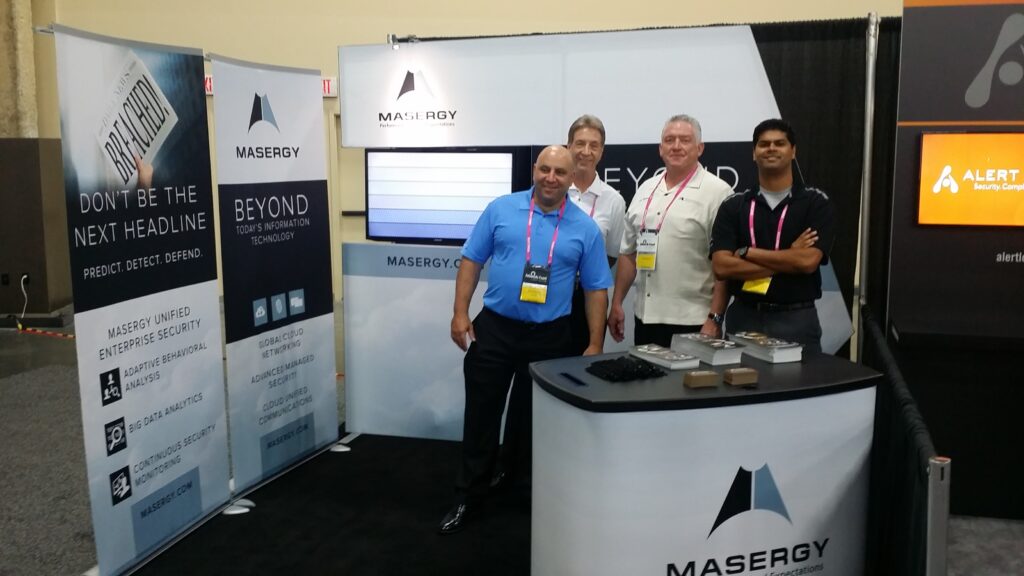
In addition to event planning, I was deeply involved in negotiating with vendors to secure favorable terms that aligned with our budgetary goals without compromising on quality. This included everything from sourcing promotional materials to leveraging cutting-edge technology for booth displays. By cultivating strong, collaborative relationships with vendors, I ensured that every aspect of the event ran smoothly and that we achieved the best value for our investments. These negotiations were not only critical for cost savings but also enhanced the overall impact of the event, helping to position Masergy prominently within a competitive industry.
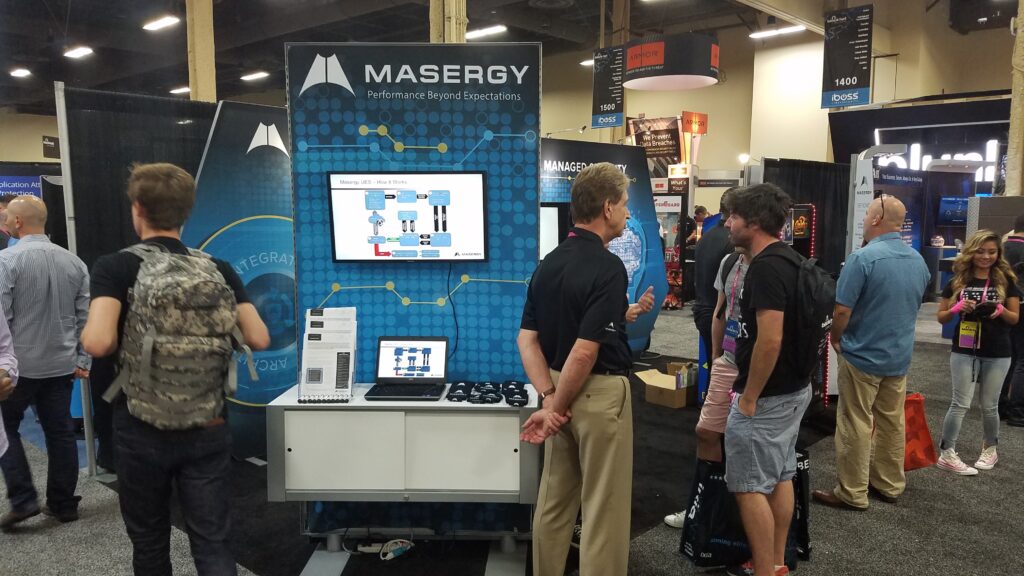
Furthermore, I led the hiring and management of staff, working closely with team members to ensure the seamless execution of every event. I collaborated with salespeople and marketers to develop content that would engage attendees and highlight Masergy’s unique offerings, strengthening our position as an industry leader. Beyond the events themselves, I attended competitor showcases and other key industry events to conduct market research, identify emerging trends, and track competitor strategies. This hands-on approach to research helped inform our future initiatives and ensured that we remained agile and responsive to shifts in the market, maintaining our competitive edge.
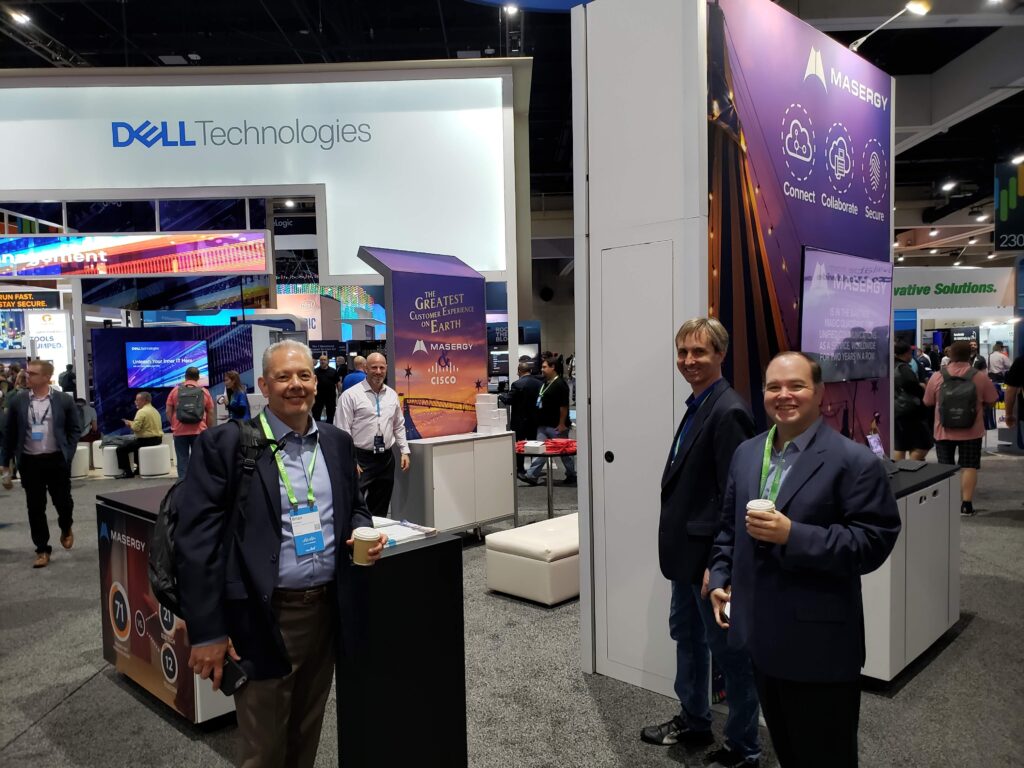
I delved into the captivating world of tintype wetplate photography to capture striking portrait images. Drawing inspiration from the vintage aesthetic and meticulous process of this traditional technique, I embarked on a journey to create timeless portraits with a unique and nostalgic charm. Through the careful orchestration of chemicals and exposure, each tintype portrait became a one-of-a-kind masterpiece, imbued with a sense of history and authenticity that resonates with viewers on a profound level.
I utilized Affinity Photo to elevate a fantasy photograph to new heights, employing advanced techniques such as layering and compositing. Through the strategic integration of multiple layers, I seamlessly blended elements to create a mesmerizing visual narrative. Affinity Photo’s intuitive tools empowered me to manipulate light, texture, and color with precision, resulting in a captivating composition that transports viewers to a realm of enchantment and wonder.
The training provided by universities in order to prepare people to work in various sectors of the economy or areas of culture.
Higher education is tertiary education leading to award of an academic degree. Higher education, also called post-secondary education.
Secondary education or post-primary education covers two phases on the International Standard Classification of Education scale.
Google’s hiring process is an important part of our culture. Googlers care deeply about their teams and the people who make them up.
A popular destination with a growing number of highly qualified homegrown graduates, it's true that securing a role in Malaysia isn't easy.
The India economy has grown strongly over recent years, having transformed itself from a producer and innovation-based economy.
The training provided by universities in order to prepare people to work in various sectors of the economy or areas of culture.
Higher education is tertiary education leading to award of an academic degree. Higher education, also called post-secondary education.
Secondary education or post-primary education covers two phases on the International Standard Classification of Education scale.
Google’s hiring process is an important part of our culture. Googlers care deeply about their teams and the people who make them up.
A popular destination with a growing number of highly qualified homegrown graduates, it's true that securing a role in Malaysia isn't easy.
The India economy has grown strongly over recent years, having transformed itself from a producer and innovation-based economy.
The training provided by universities in order to prepare people to work in various sectors of the economy or areas of culture.
Higher education is tertiary education leading to award of an academic degree. Higher education, also called post-secondary education.
Secondary education or post-primary education covers two phases on the International Standard Classification of Education scale.
Google’s hiring process is an important part of our culture. Googlers care deeply about their teams and the people who make them up.
A popular destination with a growing number of highly qualified homegrown graduates, it's true that securing a role in Malaysia isn't easy.
The India economy has grown strongly over recent years, having transformed itself from a producer and innovation-based economy.
Maecenas finibus nec sem ut imperdiet. Ut tincidunt est ac dolor aliquam sodales. Phasellus sed mauris hendrerit, laoreet sem in, lobortis mauris hendrerit ante. Ut tincidunt est ac dolor aliquam sodales phasellus smauris test
Maecenas finibus nec sem ut imperdiet. Ut tincidunt est ac dolor aliquam sodales. Phasellus sed mauris hendrerit, laoreet sem in, lobortis mauris hendrerit ante. Ut tincidunt est ac dolor aliquam sodales phasellus smauris
Maecenas finibus nec sem ut imperdiet. Ut tincidunt est ac dolor aliquam sodales. Phasellus sed mauris hendrerit, laoreet sem in, lobortis mauris hendrerit ante. Ut tincidunt est ac dolor aliquam sodales phasellus smauris
All the Lorem Ipsum generators on the Internet tend to repeat predefined chunks as necessary
1 Page with Elementor
Design Customization
Responsive Design
Content Upload
Design Customization
2 Plugins/Extensions
Multipage Elementor
Design Figma
MAintaine Design
Content Upload
Design With XD
8 Plugins/Extensions
All the Lorem Ipsum generators on the Internet tend to repeat predefined chunks as necessary
5 Page with Elementor
Design Customization
Responsive Design
Content Upload
Design Customization
5 Plugins/Extensions
Multipage Elementor
Design Figma
MAintaine Design
Content Upload
Design With XD
50 Plugins/Extensions
All the Lorem Ipsum generators on the Internet tend to repeat predefined chunks as necessary
10 Page with Elementor
Design Customization
Responsive Design
Content Upload
Design Customization
20 Plugins/Extensions
Multipage Elementor
Design Figma
MAintaine Design
Content Upload
Design With XD
100 Plugins/Extensions

Adobe’s Creative Suite has dominated the graphic design and video editing scene for years, a veritable colossus whose tools were deemed indispensable by creatives worldwide. Yet, as more software giants pivot to subscription models, a growing wave of digital artisans, myself included, are questioning the wisdom of renting our digital paintbrushes and film reels ad infinitum. Seeking liberation from the perpetual outflow of subscription fees, my journey for an alternative led me to the promising lands of Affinity Suite for graphics and DaVinci Resolve for video editing. Here’s a recount of my digital exodus and the newfound freedom found in the embrace of perpetual licenses.

The tech world’s pivot to subscription models is hardly breaking news. Giants argue it’s the golden path to an evergreen software utopia, where users frolic in the latest updates and security patches. Yet, this model often feels more like a velvet-rope club, where the price of admission is a never-ending drip from your bank account. For freelancers and small studios navigating the razor’s edge of budgeting, the subscription model is a pill that’s become increasingly hard to swallow.
Enter Affinity Suite, with its trio of heroes: Affinity Photo, Designer, and Publisher. These tools don’t just stand toe-to-toe with their Adobe counterparts; they dance around them, offering a seamless transition for those used to the Adobe ecosystem but with a financial model that’s refreshingly straightforward—a single purchase, and it’s yours forever. Diving into Affinity felt like breaking free from chains I never knew were holding me back, providing all the firepower I needed for my graphic exploits without the looming dread of the next billing cycle.
On the video front, DaVinci Resolve has emerged as nothing short of a revolution. Renowned for its color grading prowess, this suite extends its dominion over editing, visual effects, and audio post-production, challenging the status quo with a dual-tiered model: a robust free version and a feature-packed Studio version available for a one-off fee. This approach doesn’t just undercut the subscription model—it flips the table, offering unparalleled value and the freedom to scale up as your projects demand, not as your subscription dictates.
For freelancers and small studios navigating the razor’s edge of budgeting, the subscription model is a pill that’s become increasingly hard to swallow.
Making the switch wasn’t merely a financial calculus; it was a declaration of independence. Owning my software outright liberates my creative process from the constraints of subscription servitude, ensuring that the tools of my trade are always at my disposal, irrespective of my subscription status or financial flux. It’s a model that not only suits my pocketbook but aligns with a broader pushback against the ephemeral nature of digital ownership, planting a flag for the value of permanence in a fleeting digital landscape.
My migration from Adobe Creative Suite to Affinity Suite and DaVinci Resolve is more than a personal pivot—it’s a microcosm of a larger shift within the creative community. As we grapple with the realities of the digital age, the question of how we access and own the tools of our trade has never been more pertinent. For those of us yearning for a return to software sovereignty, Affinity and DaVinci aren’t just alternatives; they’re harbingers of a possible future where the power to create is unshackled from the constraints of continuous payment. In this new dawn, we’re not just users; we’re owners, and that makes all the difference.

The creative industry is on the cusp of an AI revolution, signaling a paradigm shift in how content is created, distributed, and monetized. AI’s encroachment into the realm of stock photography is just the tip of the iceberg. The tech is not just knocking at the door; it’s ready to redesign the house.
Stock photography is undergoing a seismic transformation thanks to AI. Traditional methods of curating photo libraries are becoming obsolete as AI algorithms start to produce customizable, high-resolution images with ease. This shift is not just about efficiency; it’s about the fundamental change in content creation. Photographers who have relied on the income from stock image sales face an uncertain future, as AI-generated visuals gain traction and popularity.
The creative industry is now hunting for talent that can straddle the line between creativity and AI expertise, promising a new career horizon for the creatively tech-savvy.
The revolution doesn’t stop at still images. Stock video, too, is entering a new era with advancements like the AI tool SORA, which is set to redefine the creation of lifelike stock video footage. SORA enables the generation of realistic video content with the simplicity of entering a text prompt, mirroring the ease of creating AI-generated images. This groundbreaking technology means that producing high-quality, bespoke stock video can now be as straightforward as typing a description, making it accessible to a wider range of creators and reducing the reliance on extensive filming setups.
With AI tools like SORA, the barriers to creating professional-grade visual content are being dismantled. This development heralds a future where the speed, cost, and ease of generating stock visuals are dramatically improved, potentially saturating the market with AI-generated content. For professionals in the field, this means adapting to a rapidly evolving landscape where AI’s role is increasingly central, not just as a tool but as a creator in its own right.

In the sphere of design and visual arts, AI is not just an external force but is increasingly integrated into the fabric of tools that artists and designers use daily. Software like Adobe Photoshop, which revolutionized the industry as a disruptive technology, is now embracing AI to further enhance its capabilities. This integration represents a full-circle moment for digital art tools, evolving from groundbreaking innovations to indispensable assets in the creative workflow.
Photoshop, once a pioneer for digital artistry, is now seen as an essential tool, embedded deeply in the creative process of most artists and designers. Its journey from disruption to indispensability illustrates the transformative impact of technology in the arts. Today, AI features in Photoshop and similar tools are streamlining complex processes, from automating routine tasks to generating intricate design elements, thus allowing artists to focus on the creative aspects of their work.
Adobe CEO Shantanu Narayen’s perspective on AI integration underscores this evolution: “To us, it’s about innovating across the framework of data, models, and applications. Because AI is only as good as the data on which it’s trained, our rich data draws upon the investments as well as the expertise across creativity, documents, and customer experience management.” This statement highlights the symbiotic relationship between AI and creative tools, where the strength of AI is harnessed through the vast data and expertise accumulated over years of innovation in the creative sector.
The use of AI in tools like Photoshop signifies a broader trend in the arts and design community, where AI is becoming a fundamental component of the creative process. By integrating AI, these tools are not only becoming more powerful but also more intuitive, enabling artists and designers to push the boundaries of creativity. This evolution reflects a growing trend where AI is not seen as a replacement for human creativity but as an amplifier, enhancing the ability of artists and designers to realize their visions with newfound speed and precision.
In the domain of writing and content creation, AI is not just making waves; it’s creating a new ocean of possibilities. The technology’s ability to generate coherent, contextually relevant text is revolutionizing the way content is produced. From drafting analytical reports to weaving intricate narratives, AI tools are proving to be invaluable allies for writers, enhancing efficiency and sparking creativity.
The infiltration of AI into the writing sector is epitomized by a recent study from The Associated Press, which found that nearly 70% of newsroom staffers are now using generative AI to create content. This statistic is more than a trend; it’s a testament to the fundamental shift in how news is produced and consumed. AI’s role in reshaping newsroom roles and workflow is profound, signaling a transformation in the journalism industry that could redefine the very nature of news reporting.
Despite the technological boon, this shift is not without its ethical quandaries. The burgeoning use of AI in content creation raises significant concerns about authorship, authenticity, and the potential for misinformation. As AI-generated content becomes more pervasive, distinguishing between human and machine-generated narratives becomes increasingly challenging, necessitating stringent checks and balances to ensure credibility and accuracy.
Moreover, the impact of AI on employment within the writing industry cannot be ignored. While AI can augment the capabilities of human writers and streamline content production, there is apprehension about the potential displacement of jobs. The balance between leveraging AI for productivity gains and preserving the unique value of human creativity and insight is delicate and requires careful navigation.
In this evolving landscape, the future of writing and content creation is poised to be a collaborative synergy between human ingenuity and AI efficiency. The challenge lies in harnessing the power of AI to enhance the storytelling process while maintaining the ethical standards and personal touch that define quality journalism and creative writing. As the industry adapts to these changes, the role of writers may evolve, but the core essence of storytelling — to convey meaning, evoke emotion, and inform — remains steadfastly human.
With AI’s ascendancy, the specter of job displacement looms large. Yet, it’s not all doom and gloom. The narrative is complex: as some roles diminish, new ones emerge. The creative industry is now hunting for talent that can straddle the line between creativity and AI expertise, promising a new career horizon for the creatively tech-savvy.
The integration of AI into creative processes isn’t just a technical leap; it’s an ethical minefield. From copyright issues to the authenticity of AI-generated art, the sector is grappling with dilemmas that could shape its very ethos. The need for ethical guidelines and authenticity in AI-generated content is more pressing than ever.
AI’s foray into the creative domain is rewriting the industry’s rulebook. This isn’t about machines versus humans; it’s about how the creative sector can harness AI to unlock unprecedented possibilities while preserving the intrinsic value of human creativity. In the face of AI’s relentless march, the creative world must strike a delicate balance between embracing technological advancements and upholding the sanctity of human artistry.
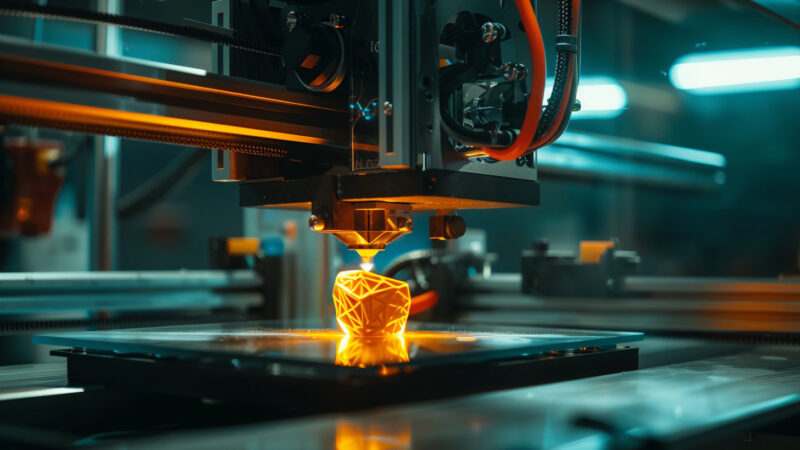
As a 3D printing enthusiast who has tinkered and tweaked everything from a trusty Creality Ender 3 to a high-resolution Photon Mono X2 resin printer, I’ve seen my fair share of technological advancements in 3D printing. However, nothing has quite excited me as much as the integration of Artificial Intelligence (AI) into this space. The ability of AI to generate 3D printable models from simple text prompts or images is transforming our hobby and profession in unimaginable ways. Here’s a dive into how AI is reshaping the landscape of 3D printing and what it means for enthusiasts like us.
Imagine the scenario where you need to replace a broken gear in an old clock or want to create a unique set of bookends. Traditionally, this task would involve either a lengthy search for an exact model online or countless hours spent designing one from scratch using complex CAD software. The advent of AI in 3D printing has revolutionized this dynamic, offering a more efficient and accessible approach.
With innovative tools like Stability AI’s image-to-3D and the Meshy generator, along with other powerful platforms like OpenAI’s DALL-E and Google’s DreamBooth, the process has been simplified dramatically. Users can now input simple text descriptions or upload images of the item they need or envision. These AI systems then leverage advanced algorithms to interpret the inputs and generate detailed, accurate 3D models that are ready for printing.
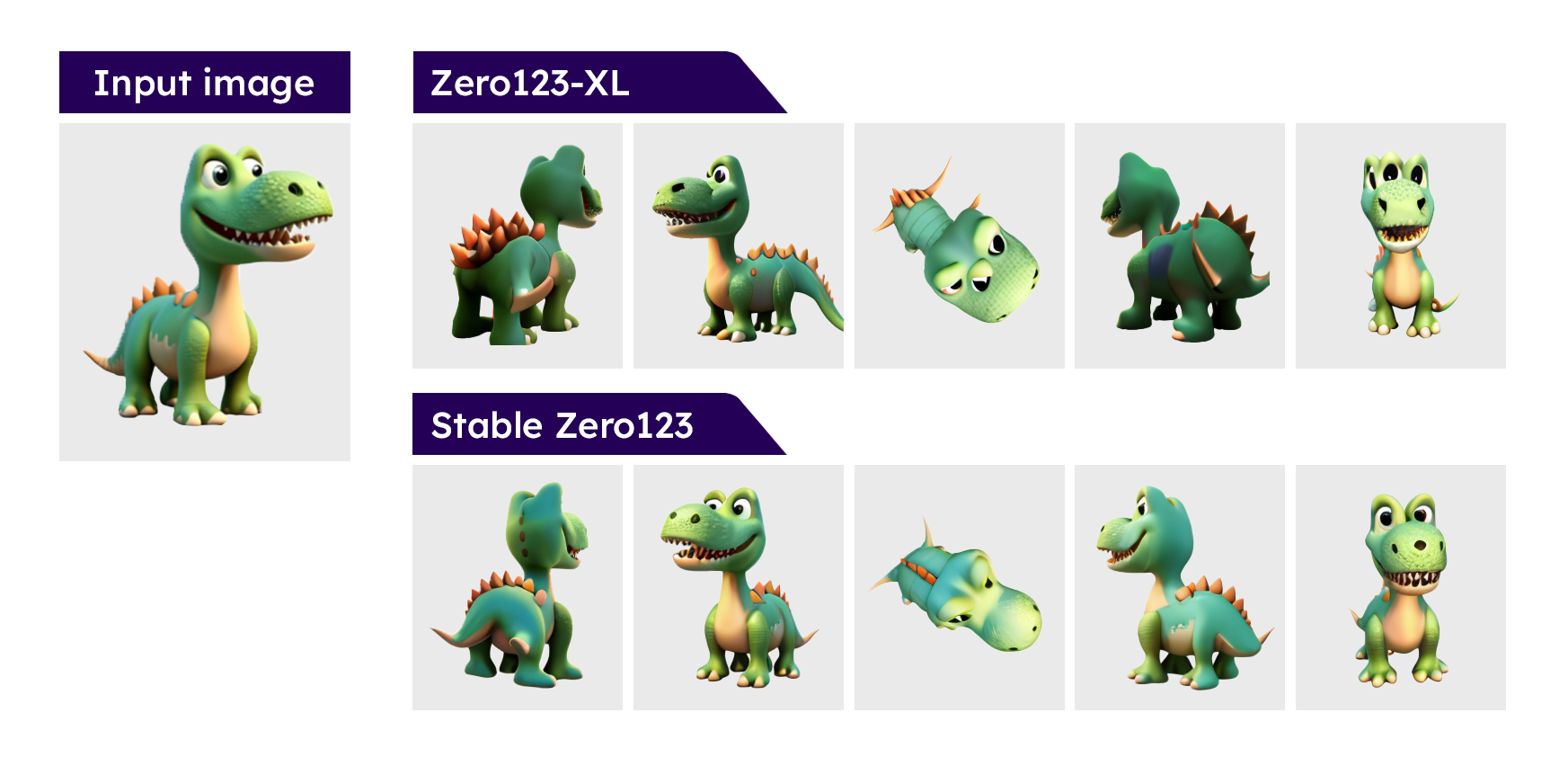
For instance, if you wanted a gear with a specific set of teeth or a bookend shaped like a mythical creature, you could describe these details in text or provide a drawing. The AI would process this information and create a 3D model that not only meets the specified criteria but is also optimized for 3D printing. This means considering factors such as structural integrity, the balance of weight, and the most effective orientation for printing.
The capabilities of these AI tools extend beyond simple model generation. They incorporate learning from vast databases of existing 3D models, which allows them to suggest optimizations and improvements that might not be immediately obvious even to experienced designers. This can include adjustments to the thickness of materials to ensure durability without wasting resources or altering aesthetic elements to achieve better symmetry or visual appeal.
This streamlined approach to model creation not only cuts down on the time required for design but also democratizes access to personalized prototyping. Whether for professional designers, hobbyists, or even novices to 3D printing, AI-generated models remove significant barriers to entry. Now, anyone with a basic understanding of the desired object can move quickly from concept to creation, opening up a world of possibilities for custom fabrication and personal projects. By reducing the technical skills needed for model design, AI is making 3D printing more inclusive and expanding the creative horizons for all users.
As we look towards the future, the possibilities of AI in 3D printing are boundless. We are entering a phase where mixed reality tools might allow us to interact with and modify 3D models in real-time using AI suggestions, further blending the digital and physical crafting worlds.
For us enthusiasts, embracing AI tools means staying at the forefront of technology while enriching our creative expression. Whether it’s crafting replacement parts, bespoke artwork, or functional household items, AI is proving to be an indispensable ally in the evolution of 3D printing.
As someone deeply embedded in the world of 3D printing, the possibilities that AI can introduce into the hobby are nothing short of revolutionary. It not only promises to streamline the design-to-print process but also enhance our ability to innovate and personalize like never before. For hobbyists and professionals alike, AI in 3D printing is not just a tool—it’s a transformation that invites us to reimagine the limits of what we can create. So, let’s continue to explore this brave new world of limitless possibilities, one layer at a time.
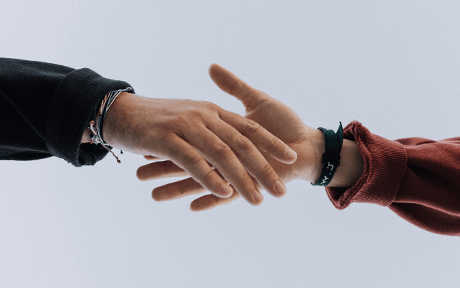
I am available for freelance work. Connect with me via and call in to my account.
Phone: +01234567890 Email: admin@example.com